Charleston’s Historic District draws visitors with its antebellum architecture and cobblestone streets, though some of its most enchanting treasures remain hidden behind wrought-iron gates and brick walls. These private gardens tell stories of centuries-old horticultural traditions. Magnolias tower over intimate courtyards while jasmine perfumes the air year-round.
Many visitors stroll past these green sanctuaries without ever knowing they exist, tucked away from the bustling tourist routes. The city’s unique climate and rich soil have created perfect conditions for both native Southern plants and exotic imports to flourish side by side.
Here is a list of 17 secret gardens that showcase Charleston’s most beautiful and secluded outdoor spaces.
Nathaniel Russell House Garden
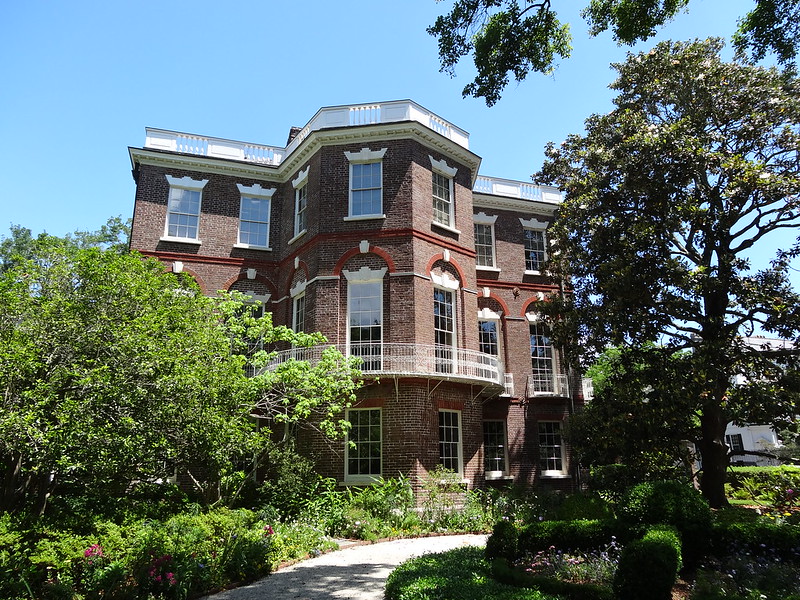
The Nathaniel Russell House Garden sits quietly behind one of Charleston’s most elegant Federal-style mansions. This intimate space features original brick pathways that wind between carefully maintained boxwood hedges and seasonal flower beds.
The garden’s design reflects the early 19th-century preference for geometric patterns — with a central fountain that provides a gentle soundtrack to the surrounding greenery. Visitors often discover this gem only after touring the historic house museum, making it feel like a bonus treasure waiting at the end of their journey.
Calhoun Mansion Courtyard
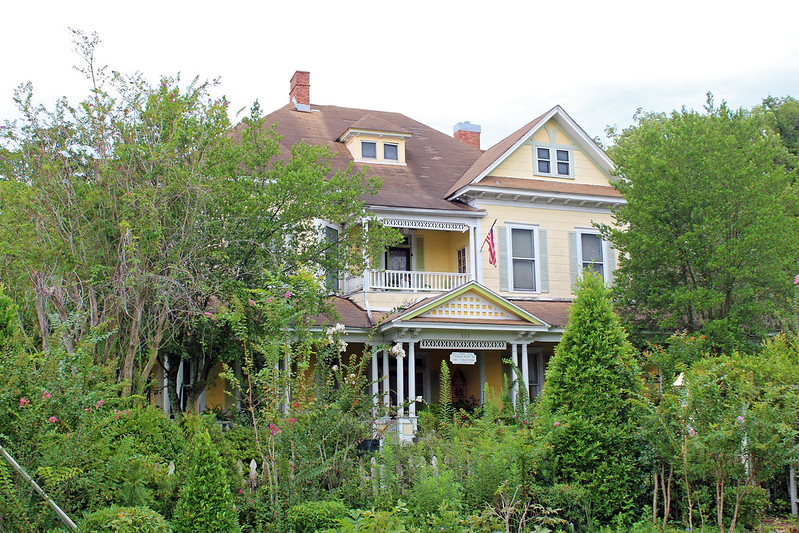
Hidden behind the grandest mansion in Charleston’s Historic District, the Calhoun Mansion Courtyard offers a dramatic contrast to the ornate Victorian interiors. Ancient live oaks create a natural canopy over this spacious garden, yet carefully placed camellias and azaleas provide bursts of color throughout the cooler months.
The courtyard’s brick walls are nearly covered in climbing Confederate jasmine, which releases an intoxicating fragrance during spring evenings. This garden feels more like a private estate than something you’d find in the middle of a bustling city.
Like Travel Pug’s content? Follow us on MSN.
Edmondston-Alston House Garden
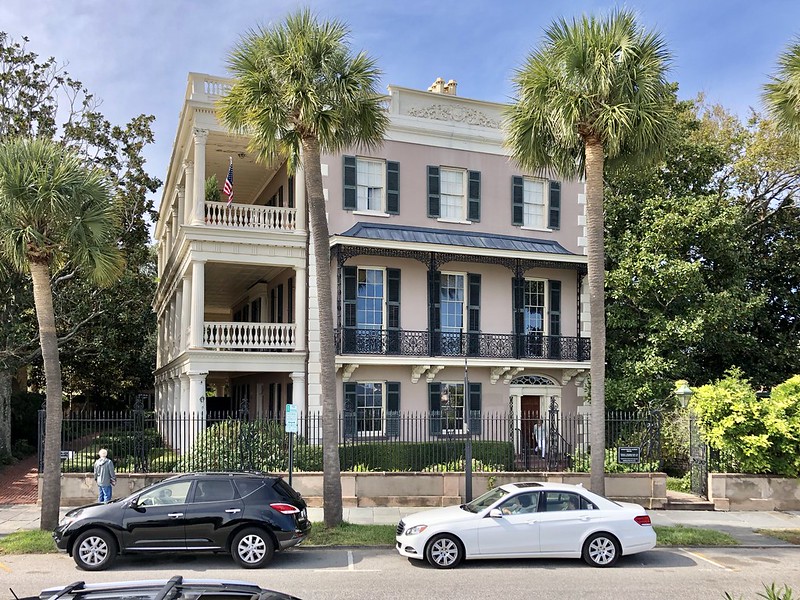
Perched along the High Battery, the Edmondston-Alston House Garden combines harbor views with Southern charm in ways that few other spaces can match. The garden’s terraced design takes advantage of the sloping lot, creating multiple levels of flowering plants and ornamental shrubs.
Palmetto trees frame the space beautifully while seasonal plantings ensure there’s always something blooming regardless of when you visit. The sound of harbor waves mixing with rustling palm fronds creates an almost tropical atmosphere — one that feels worlds away from the historic streets just beyond the garden gates.
Aiken-Rhett House Quarters Garden
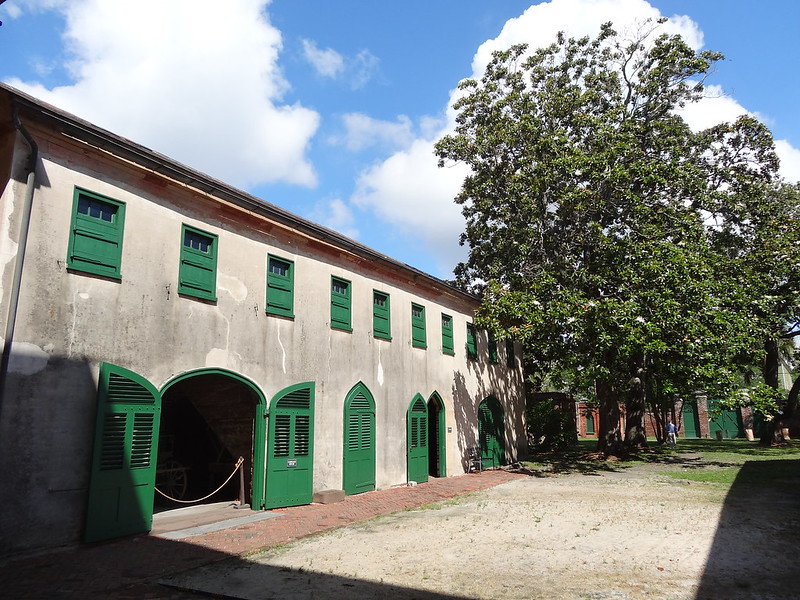
The Aiken-Rhett House Quarters Garden preserves a unique piece of Charleston’s complex history within its carefully maintained borders. This space showcases traditional Southern garden design, though it’s got raised beds containing herbs and vegetables that would’ve been essential to 19th-century household management.
Fruit trees planted along the garden’s perimeter still produce seasonal harvests, while heritage roses climb wooden trellises much like they did generations ago. The garden’s authentic restoration makes it feel like stepping back in time, complete with the same plant varieties that would have grown here 150 years ago.
Drayton Hall Garden Ruins
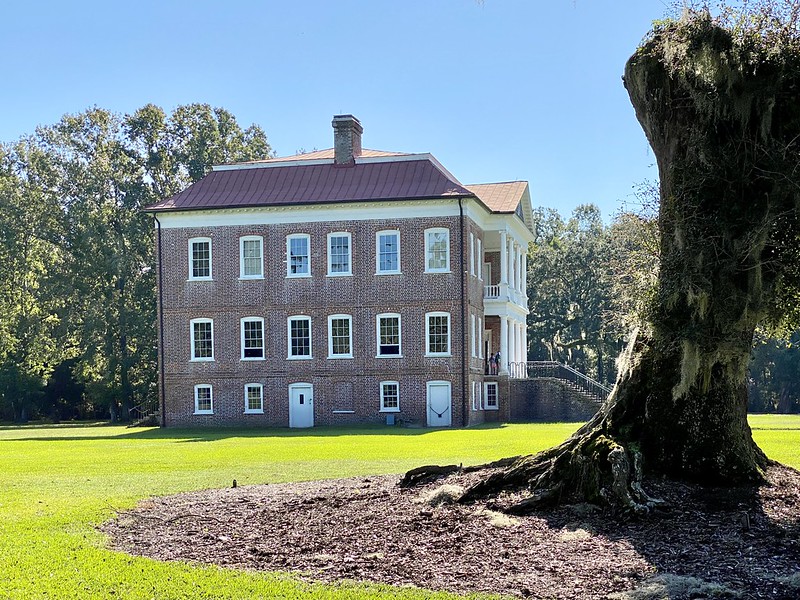
The Drayton Hall Garden Ruins represent one of Charleston’s most haunting and beautiful outdoor spaces. What remains of this once-grand formal garden now exists as a series of brick foundations and pathways slowly being reclaimed by native vegetation.
Ancient camellia bushes bloom among the ruins each winter, creating a poetic contrast between human design and nature’s persistence. The effect is both melancholic and inspiring, especially when morning mist rises from the nearby Ashley River and drifts through the crumbling garden walls.
Like Travel Pug’s content? Follow us on MSN.
Magnolia Plantation’s Secret Corners
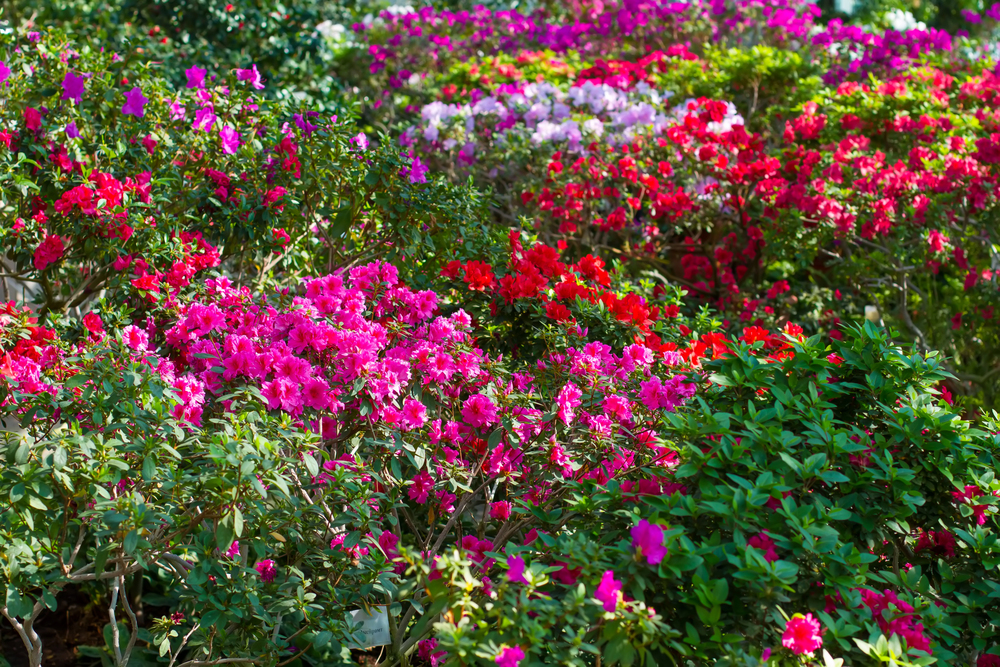
Beyond the famous public gardens at Magnolia Plantation, several hidden corners remain largely undiscovered by casual visitors. These intimate spaces feature rare azalea varieties and heritage camellias that have been growing here for over a century.
Narrow paths wind between massive live oaks draped in Spanish moss, leading to secluded benches where you can sit and listen to the sounds of the surrounding swamp. The plantation’s gardeners have maintained these secret spots with the same care as the main attraction — yet they feel entirely separate from the crowds that gather near the main house.
Middleton Place’s Hidden Terraces
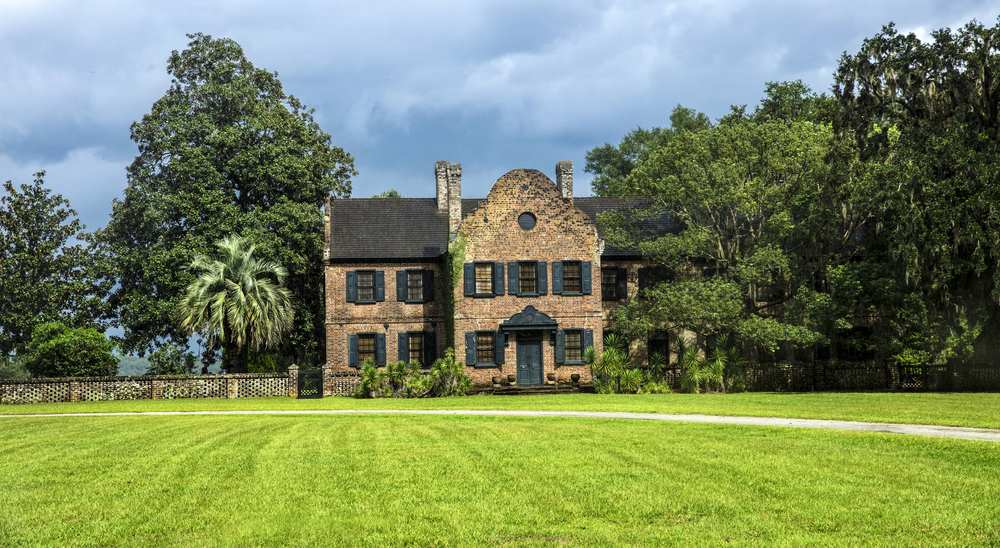
While Middleton Place is famous for its butterfly lakes and formal gardens, the property contains several hidden terraces that showcase different aspects of 18th-century landscape design. These smaller spaces feature intricate parterre gardens and herb collections that were essential to colonial-era living.
Ancient boxwood hedges create intimate rooms within the larger garden, each with its own personality and plant collection. The terraces offer peaceful alternatives to the main garden areas where you can appreciate the same attention to detail without competing for photo opportunities with other visitors.
Boone Hall’s Slave Cabin Gardens
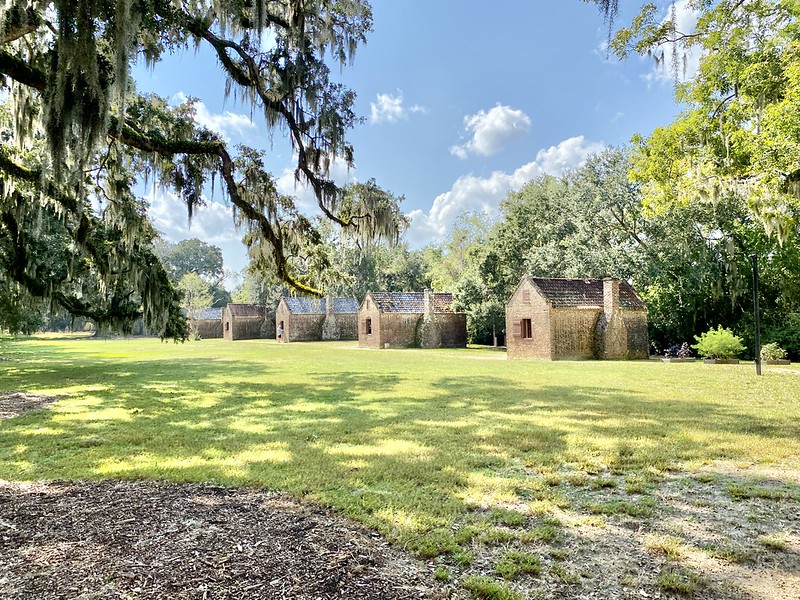
The gardens surrounding Boone Hall’s historic slave cabins tell important stories about survival and self-sufficiency in antebellum Charleston. These spaces recreate the types of gardens that enslaved families would have maintained to supplement their limited food rations.
Heritage vegetables and medicinal herbs grow in raised beds built using traditional techniques, while fruit trees provide both food and shade. The gardens serve as powerful reminders of human resilience, showing how people created beauty and sustenance even under the most difficult circumstances.
Like Travel Pug’s content? Follow us on MSN.
Cypress Gardens’ Forgotten Paths
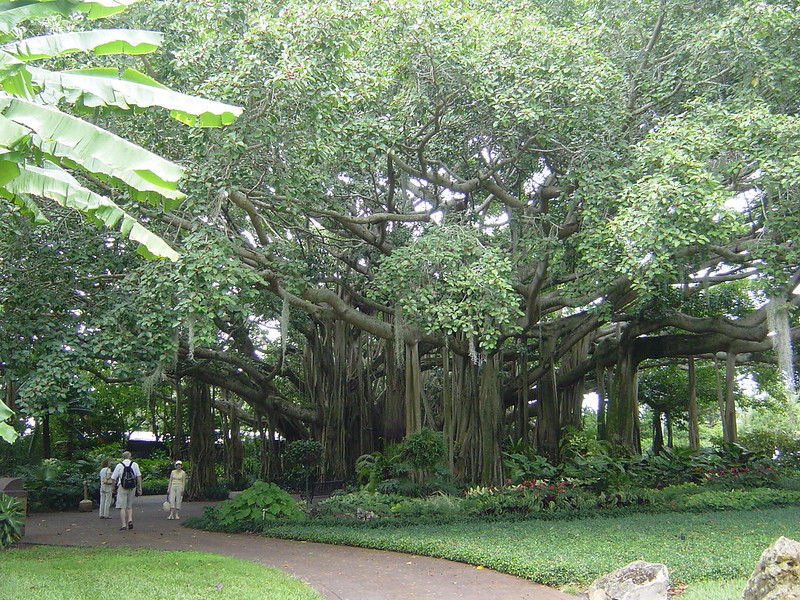
Deep within Cypress Gardens, several forgotten paths lead to secluded clearings where rare native plants flourish in their natural habitat. These areas showcase the type of vegetation that covered the South Carolina Lowcountry before European settlement, including pitcher plants and other carnivorous species.
The paths can be tricky to find, but they reward adventurous visitors with glimpses of untouched wilderness just minutes from Charleston’s city center. Spanish moss hangs so thickly in these areas that they feel like natural cathedrals, with filtered sunlight creating an almost mystical atmosphere.
Gibbes Museum Sculpture Garden
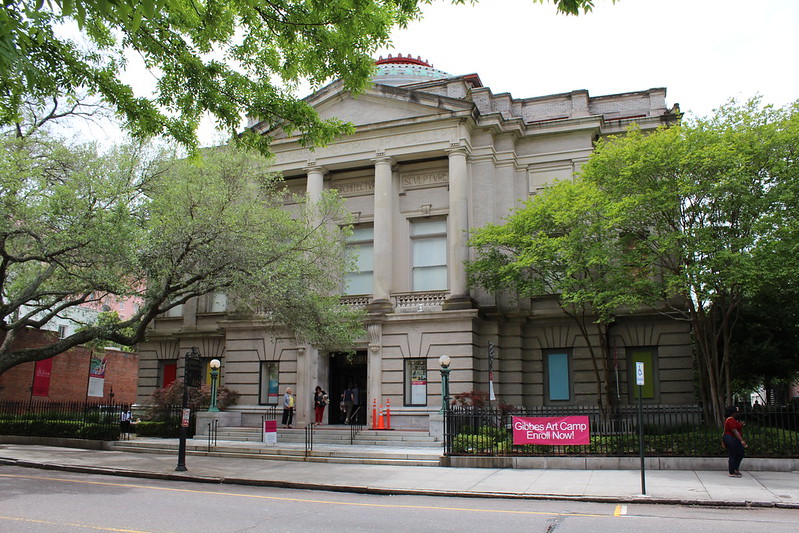
The Gibbes Museum’s sculpture garden combines contemporary art with traditional Charleston landscaping in surprisingly harmonious ways. This intimate space features rotating exhibitions of outdoor sculptures surrounded by native plants and seasonal flowers.
The garden’s design changes regularly as new artworks are installed, though the underlying plant palette remains constant, creating a sense of continuity amid the changing displays. Visitors often stumble upon this space while exploring the museum, making it feel like a secret bonus that enhances their cultural experience.
Dock Street Theatre’s Courtyard
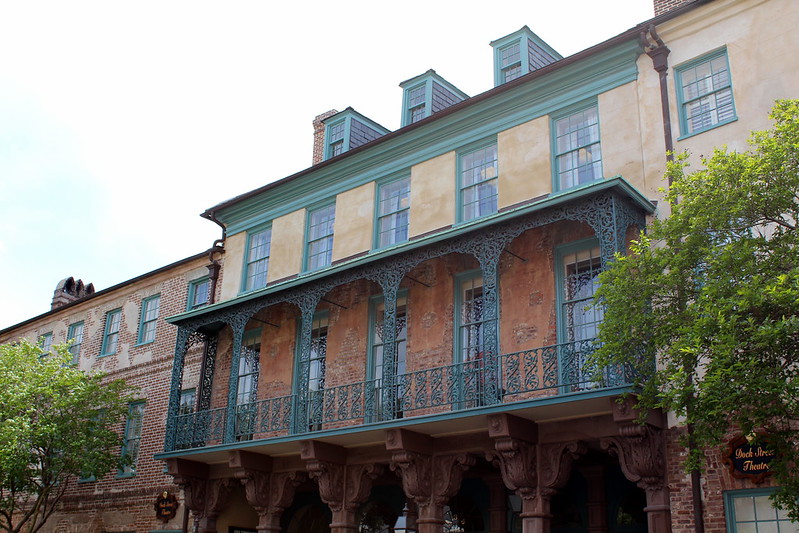
Hidden behind the historic Dock Street Theatre, this small courtyard garden provides a quiet retreat from the energy of the French Quarter. The space features traditional Charleston plants arranged in a formal design that complements the theater’s colonial architecture.
Climbing roses and jasmine vines cover the surrounding walls, while a small fountain provides gentle background music for outdoor performances and private events. The garden’s intimate scale makes it perfect for small gatherings, yet it’s equally enjoyable when discovered during a solo exploration of the area.
Like Travel Pug’s content? Follow us on MSN.
Old Exchange Building’s Rear Garden
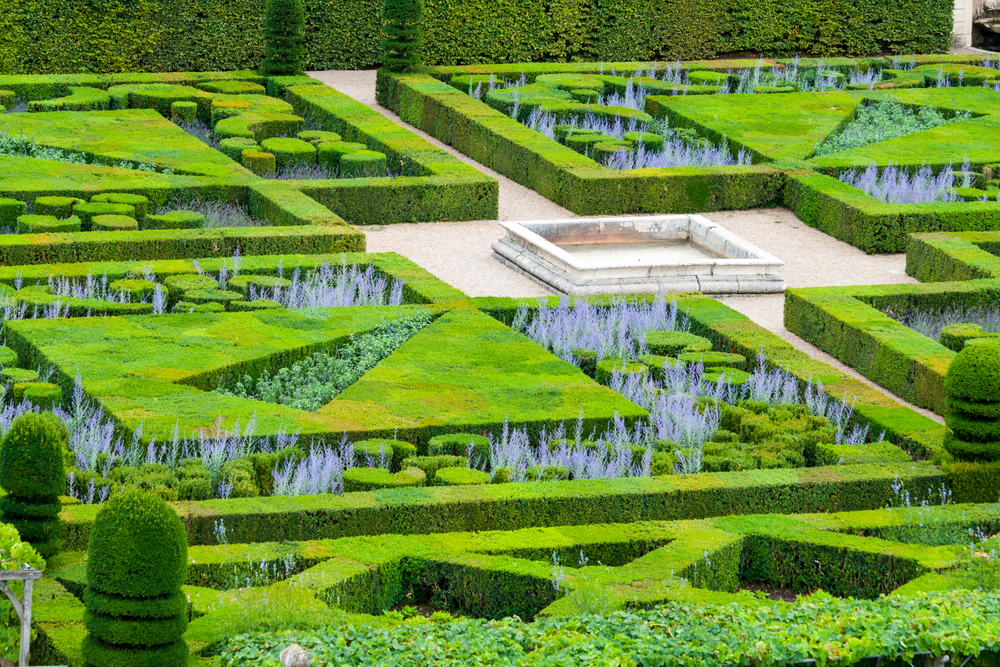
The Old Exchange Building’s rear garden remains largely unknown to tourists who focus on the building’s famous dungeon and main exhibits. This formal space features geometric pathways lined with boxwood hedges and seasonal plantings that reflect 18th-century garden design principles.
The garden’s elevated position provides unexpected views of Charleston Harbor, while brick walls create a sense of enclosure that makes the space feel private and peaceful. Heritage roses and camellias ensure there’s always something blooming, regardless of the season.
Powder Magazine’s Medicinal Garden
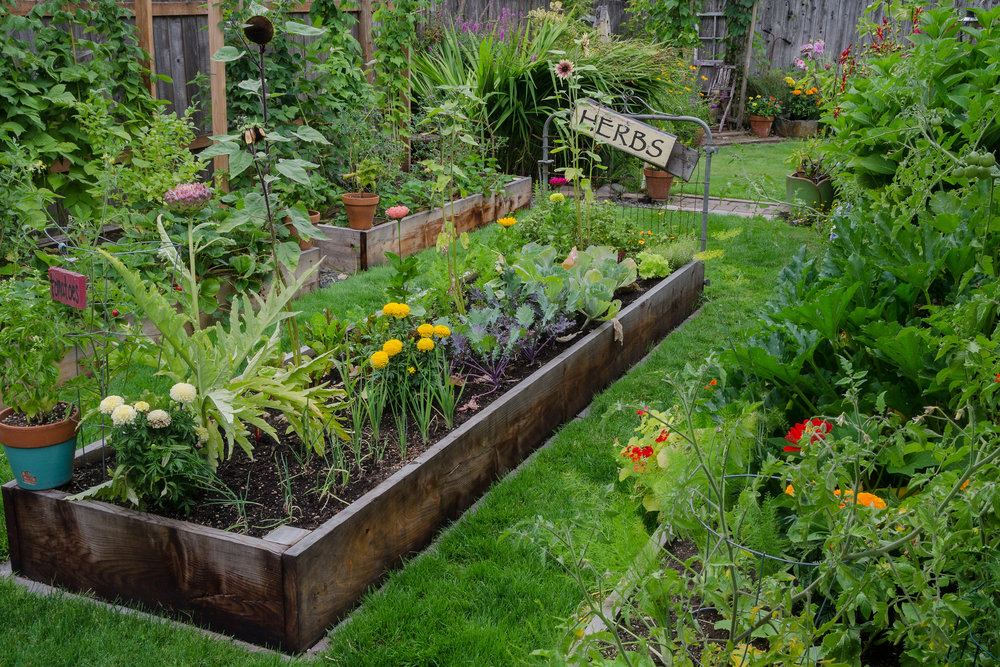
Behind Charleston’s historic Powder Magazine, a carefully maintained medicinal garden showcases the herbs and plants that would’ve been essential to colonial-era healthcare. This educational space features raised beds containing everything from common cooking herbs to rare medicinal plants that early settlers relied upon for treating various ailments.
Interpretive signs explain the traditional uses of each plant, making the garden both beautiful and informative. The space feels like a living history lesson, demonstrating how people survived and thrived using only the natural resources available to them.
Heyward-Washington House’s Kitchen Garden
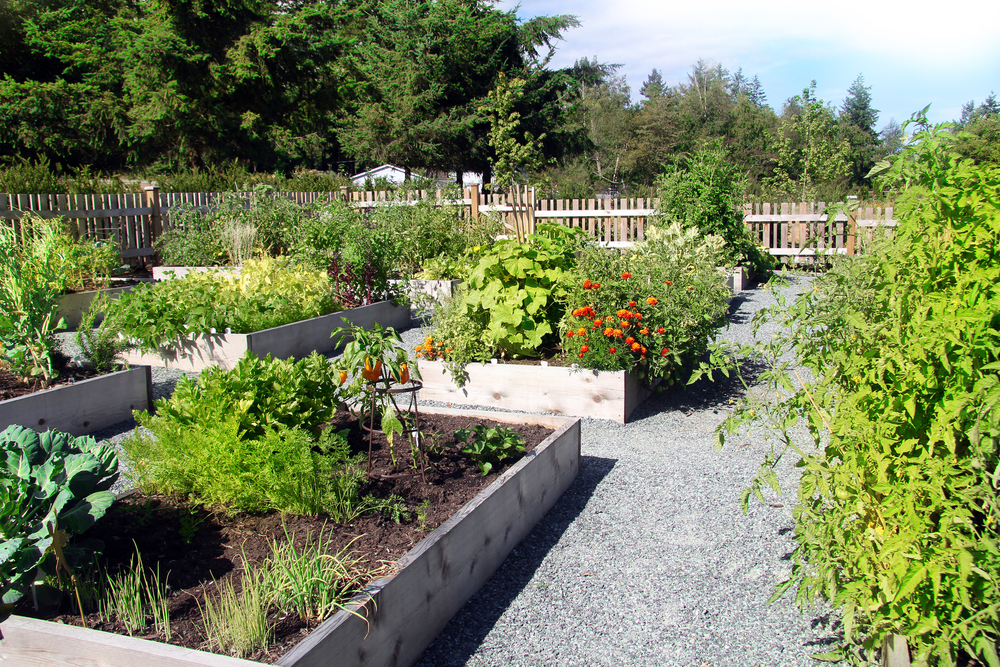
The Heyward-Washington House’s kitchen garden represents a perfectly preserved example of 18th-century domestic gardening. This working garden produces herbs, vegetables, and fruits using heirloom varieties and traditional growing techniques.
The space includes a root cellar and storage shed that show how families preserved their harvests throughout the year. Seasonal plantings ensure that something is always growing, just as it would’ve been when the house served as a working residence rather than a museum.
Like Travel Pug’s content? Follow us on MSN.
St. Michael’s Church Hidden Courtyard
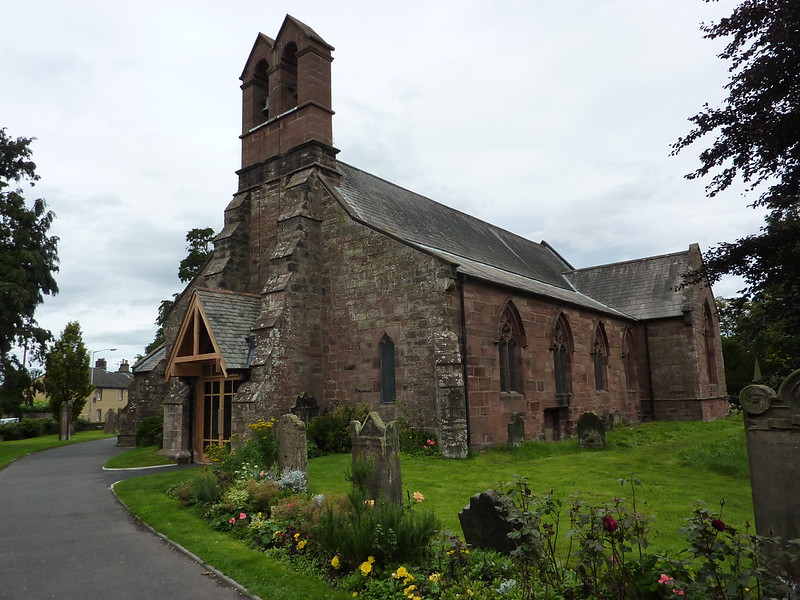
St. Michael’s Church conceals a beautiful courtyard garden behind its historic sanctuary, accessible only through a narrow gate that most visitors never notice. This peaceful space features traditional English garden design adapted for Charleston’s subtropical climate.
Ancient camellias and azaleas provide seasonal color, while a small reflecting pool creates a meditative focal point. The garden’s location in the heart of the city makes it feel like a secret oasis where you can escape the noise and crowds of the surrounding streets.
Rainbow Row’s Private Gardens
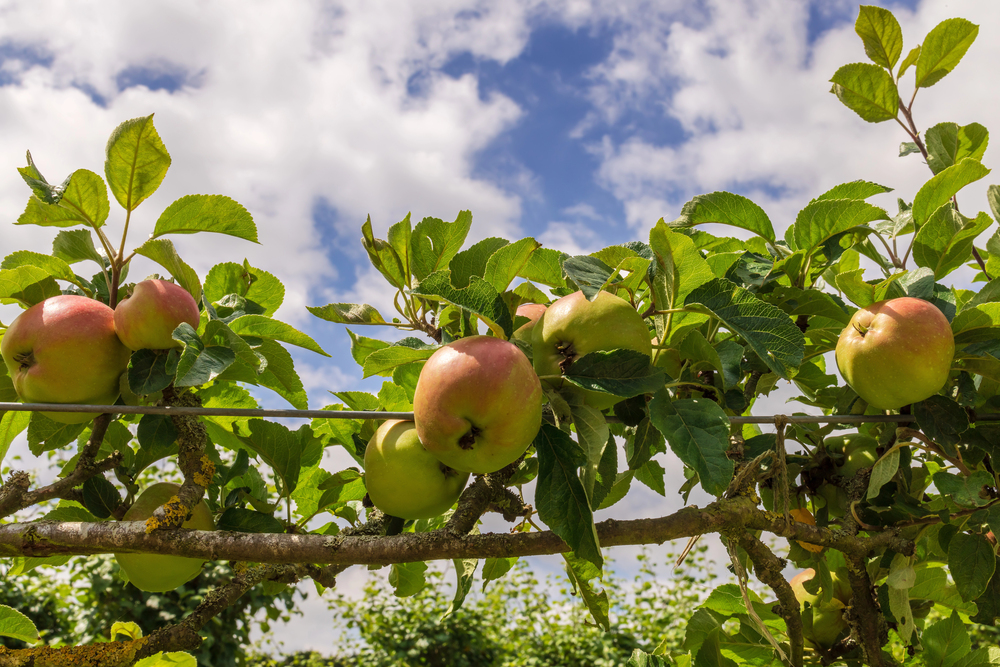
Several of the famous Rainbow Row houses maintain private gardens that can occasionally be glimpsed through wrought-iron gates or over brick walls. These intimate spaces showcase the challenges and rewards of urban gardening in Charleston’s narrow lots.
Creative use of vertical space allows for surprising plant diversity, with climbing vines and espaliered fruit trees making the most of every available inch. The gardens vary in style from formal to cottage-like, though they all share the same sense of being hidden treasures tucked away from public view.
French Quarter Alley Gardens
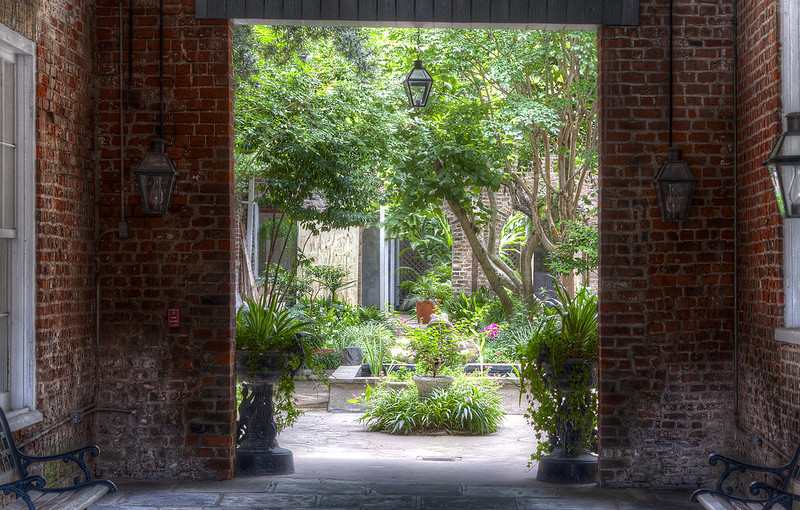
Throughout the French Quarter, narrow alleys conceal tiny gardens that serve as private retreats for residents and businesses. These spaces often feature creative solutions to common urban gardening challenges, with container plantings and vertical gardens maximizing limited space.
The alley gardens showcase both traditional Charleston plants and creative modern adaptations, proving that beautiful outdoor spaces can exist even in the most constrained urban environments. Many of these gardens can only be glimpsed through gates or windows, making them feel like secret worlds existing parallel to the busy streets.
Like Travel Pug’s content? Follow us on MSN.
Gardens That Bridge Time and Space
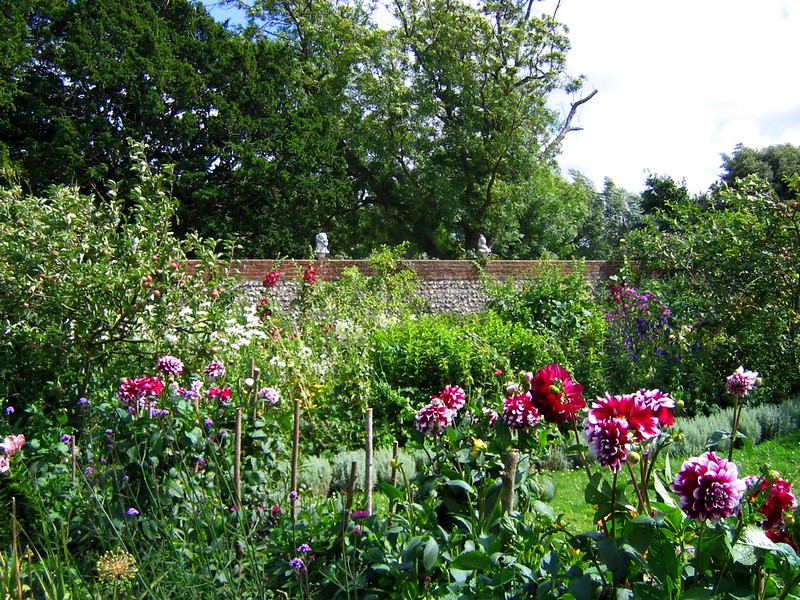
Charleston’s secret gardens represent far more than just beautiful outdoor spaces hidden from casual view. They serve as living bridges between the city’s complex past and its evolving present, where heritage plants grow alongside modern innovations and historical stories unfold among carefully tended flower beds.
These gardens demonstrate how private spaces can preserve cultural memory while adapting to contemporary needs, creating sanctuaries that honor both tradition and change. Whether showcasing colonial-era medicinal herbs or contemporary sculpture installations, each garden adds another layer to Charleston’s rich tapestry of hidden treasures.
For those willing to look beyond the obvious tourist attractions, these secret gardens offer intimate encounters with the city’s most enduring and beautiful mysteries.
More from Travel Pug

- 20 Best Beach Towns in the Carolinas
- 13 Destinations Where Tourists Regularly Regret Their Trip
- 20 Things You Actually Get in First Class
- 20 Small Airports With Aviation Museums
- 20 Places in the U.S. That Are Perfect for a Reset Trip
Like Travel Pug’s content? Follow us on MSN.
